It’s been a busy couple of years getting our homestead established, but we finally got back into filtering our fuel. Utilizing used vegetable oil to fuel our Jetta used to be the norm for us, but fell to the wayside.
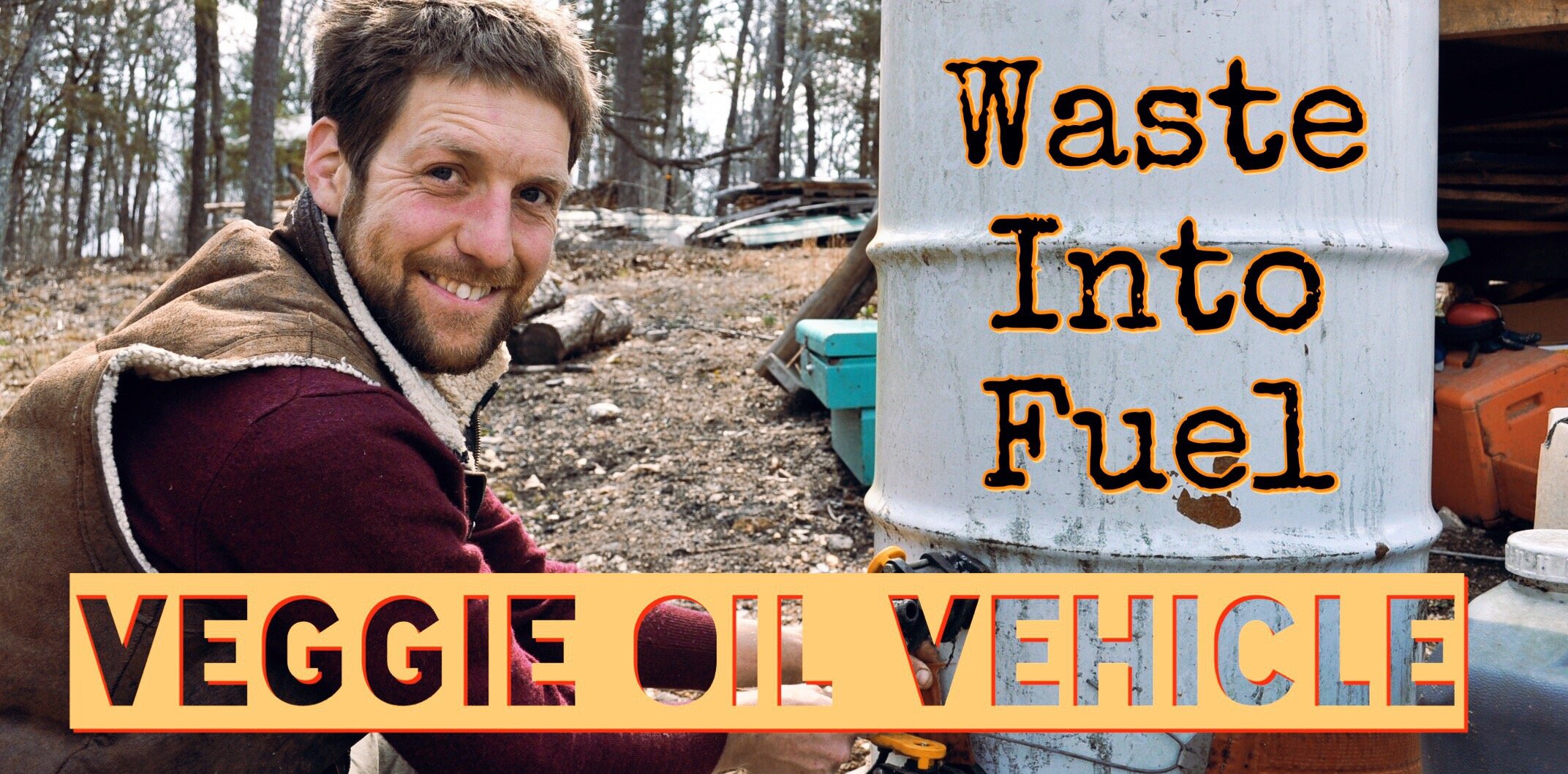
We’re happy to share that we just processed our first batch with solar power! In this post we will walk y’all through our process of turning waste into fuel.
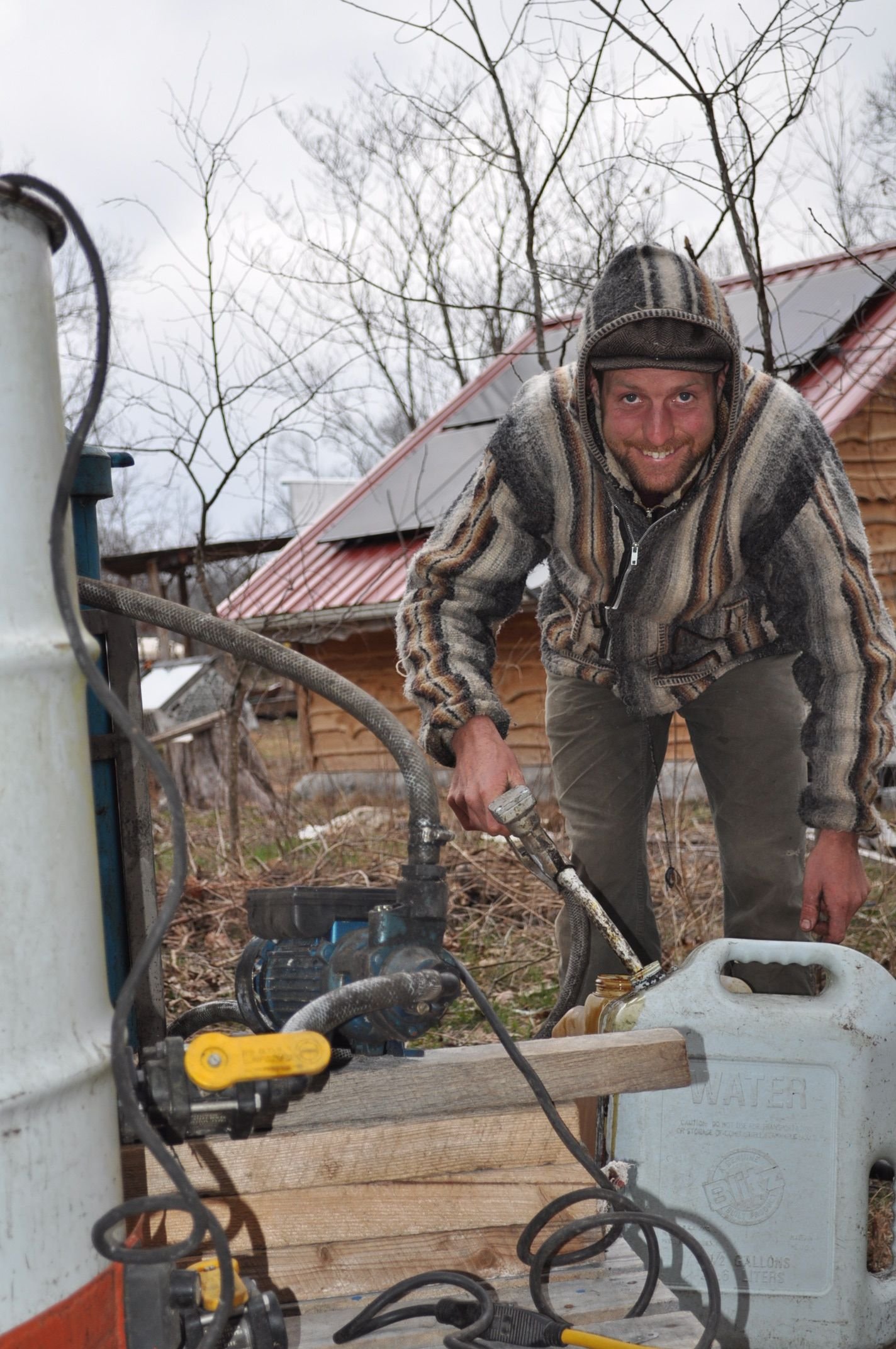
A waste product filtered using solar energy! Yeah!
Putting Waste to Good Use
Using waste vegetable oil (WVO) as fuel for a vehicle is a great way to make use of a “trash”. Diesel engines were designed to run off of a variety of fuels, originally intended to run off peanut oil that farmers could produce themselves. Today the prevelance or cheap subsidized vegetable oils and a love of fried foods means there’s a lot of WVO.
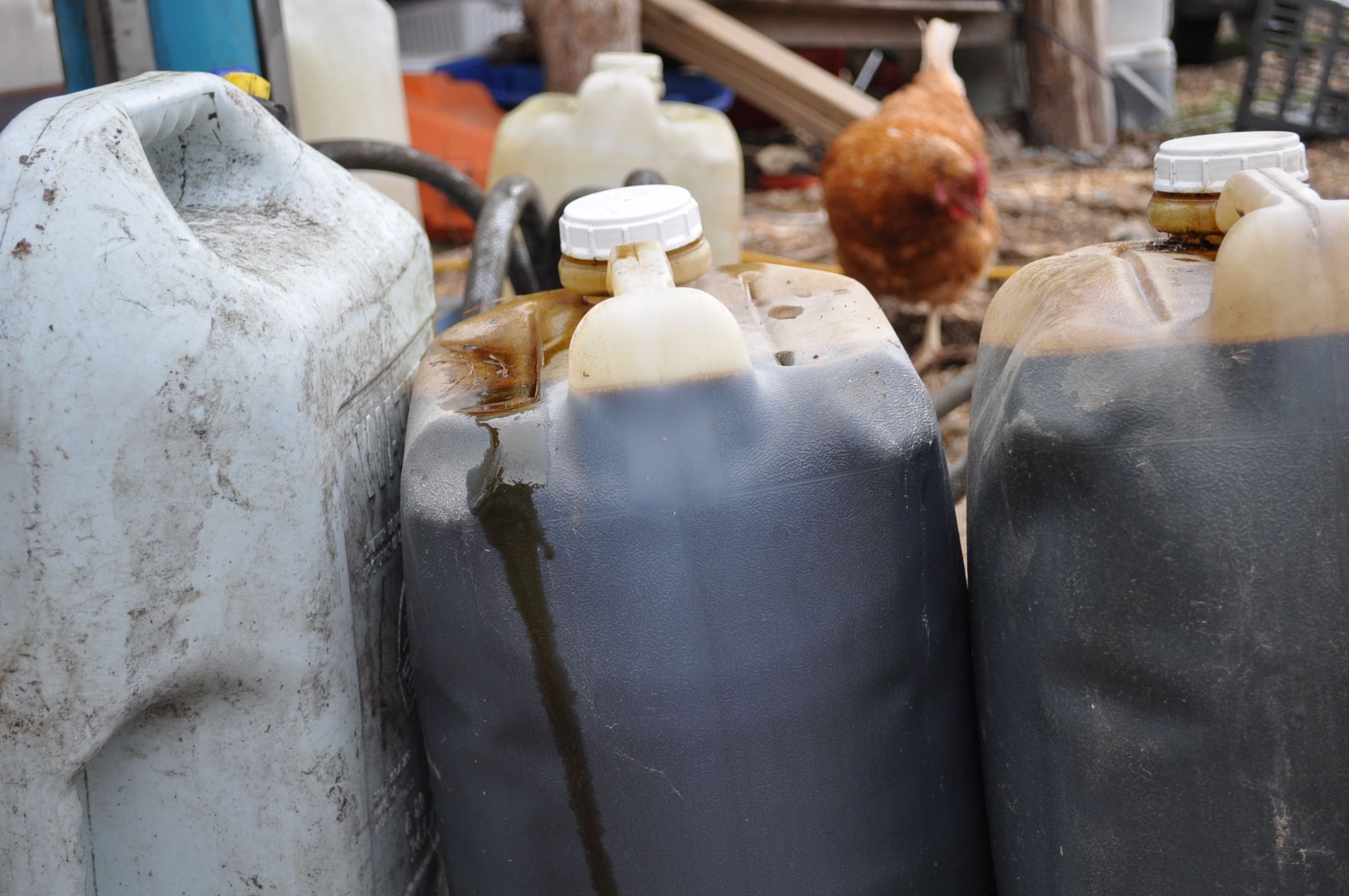
Common WVO totes you can get from restaurants
Contrary to popular belief, the exhaust does not smell like French fries. We have been on a wide variety of adventures fueled by WVO. Waste is a mindset, and we love making use of the waste streams we have access to in the industrialized society.
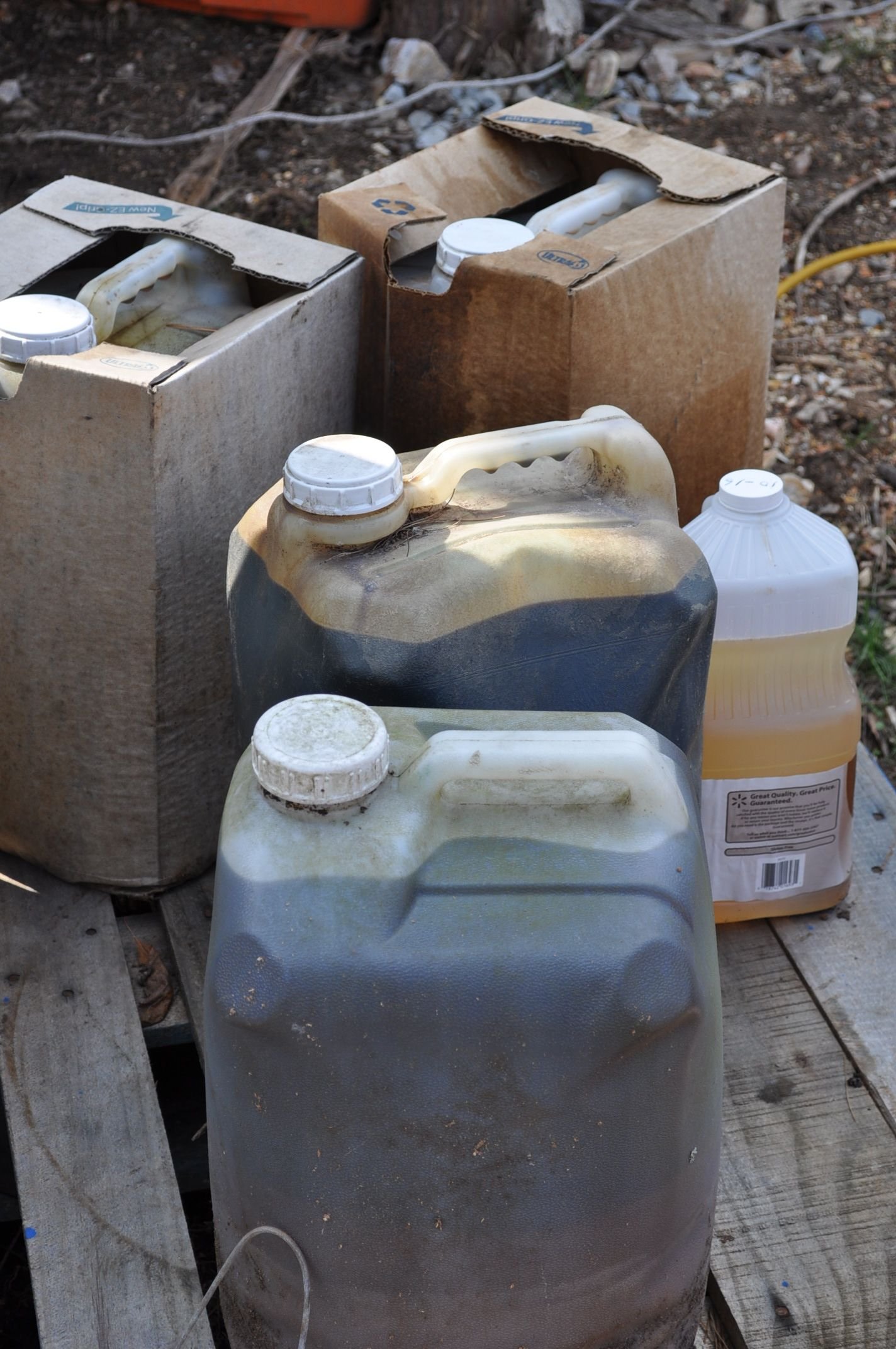
5 gallon totes that we filter into useable fuel
We believe in sustainability and walk the walk as much as possible. Processing a waste stream with renewable energy (solar in this case) is one way we embody our ethics and values.
Preparing to use WVO as Fuel
WVO is not biodiesel.
It is simply oil that requires prefiltering and heating to use in a Diesel engine. Biodiesel production involves chemically altering vegetable oil to create a product close to Diesel in use (pump into your tank and drive).
We purchased our Jetta station wagon that had already been converted to run on WVO.
The system is designed and installed by Greasecar and this car was owned by the parents of the founder of the company. It involves a second tank (where the spare tire usually goes) and a splice in coolant line that preheats the oil so it is less viscous when used as fuel and an extra inline fuel filter.
There are a lot of different set-ups that DIY veggie oil enthusiasts have designed and created, but we’re just highlighting the system we use to filter our fuel.
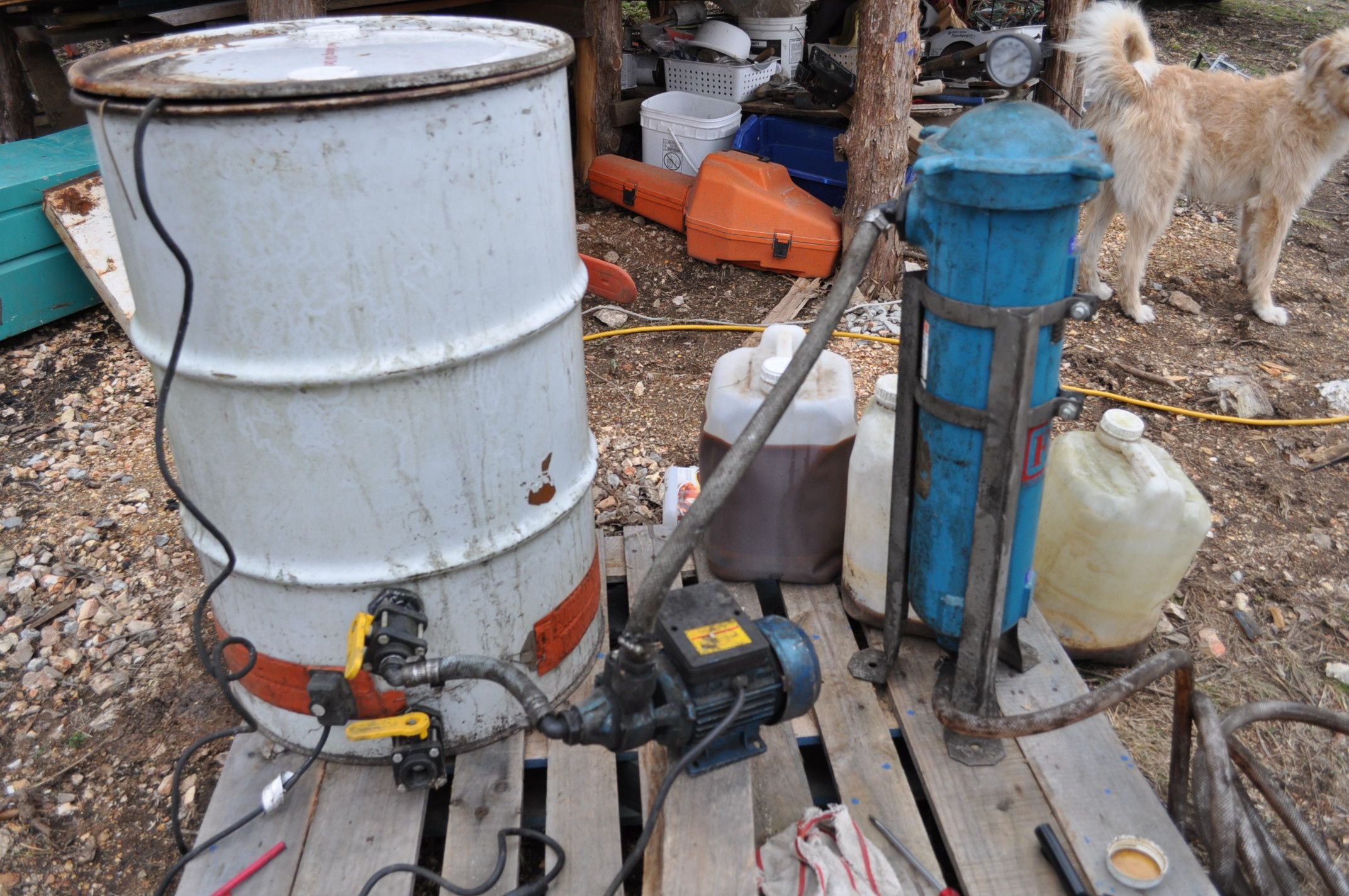
Snapshot of our filtering setup
Settling
The first step to using the oil is the settling phase where the heavier (and nasty) chunks sink to the bottom of a 55 gallon barrel. You can imagine what ends up in the bottom of a deep fryer, YUCK.
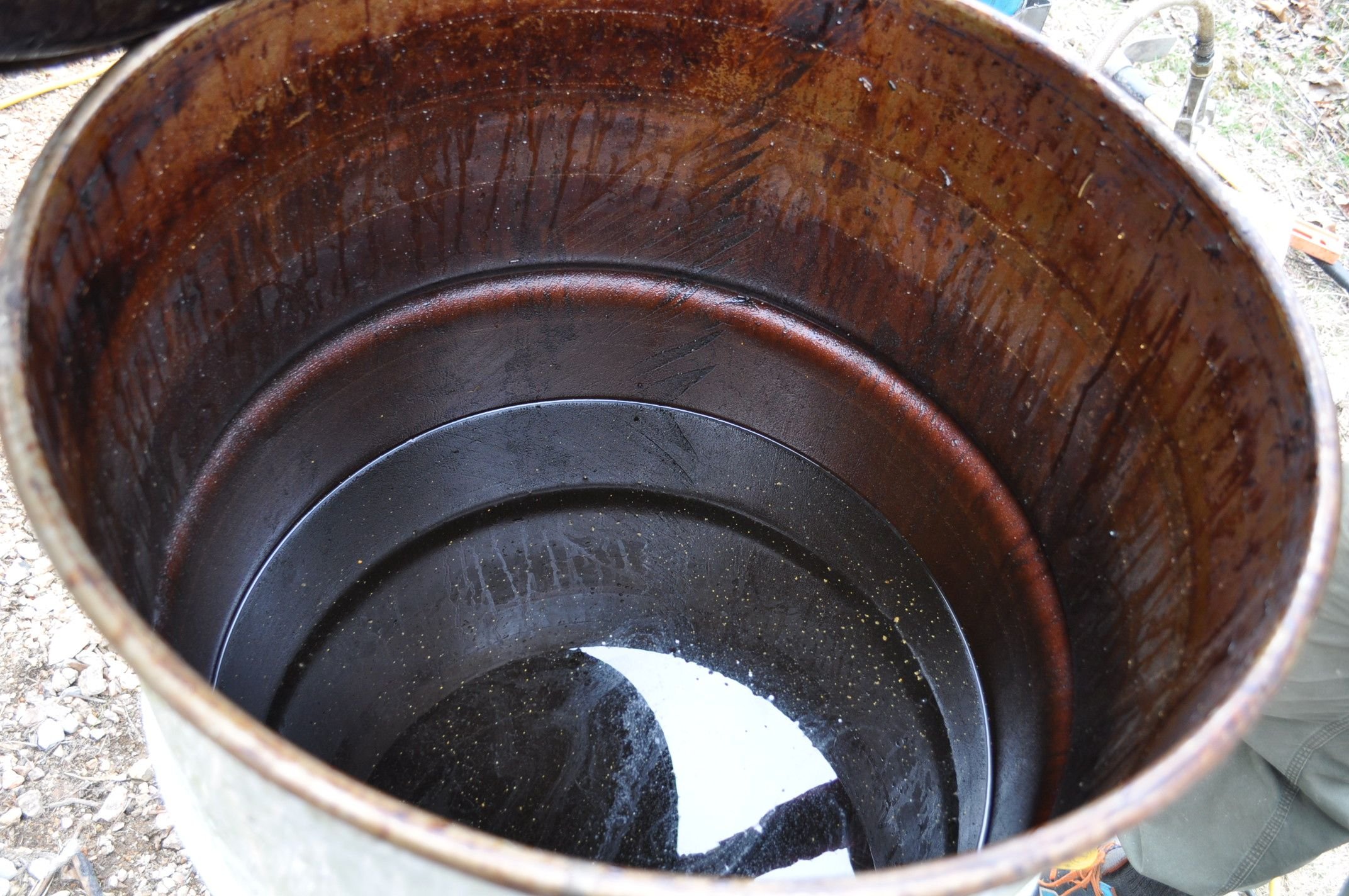
We pour the oil from 5 gallon totes into a barrel and let gravity do the work for us. Our main output valve is a foot up from the bottom to allow solids to settle and not clog the filter prematurely. Theres a valve on the bottom for periodic cleaning.
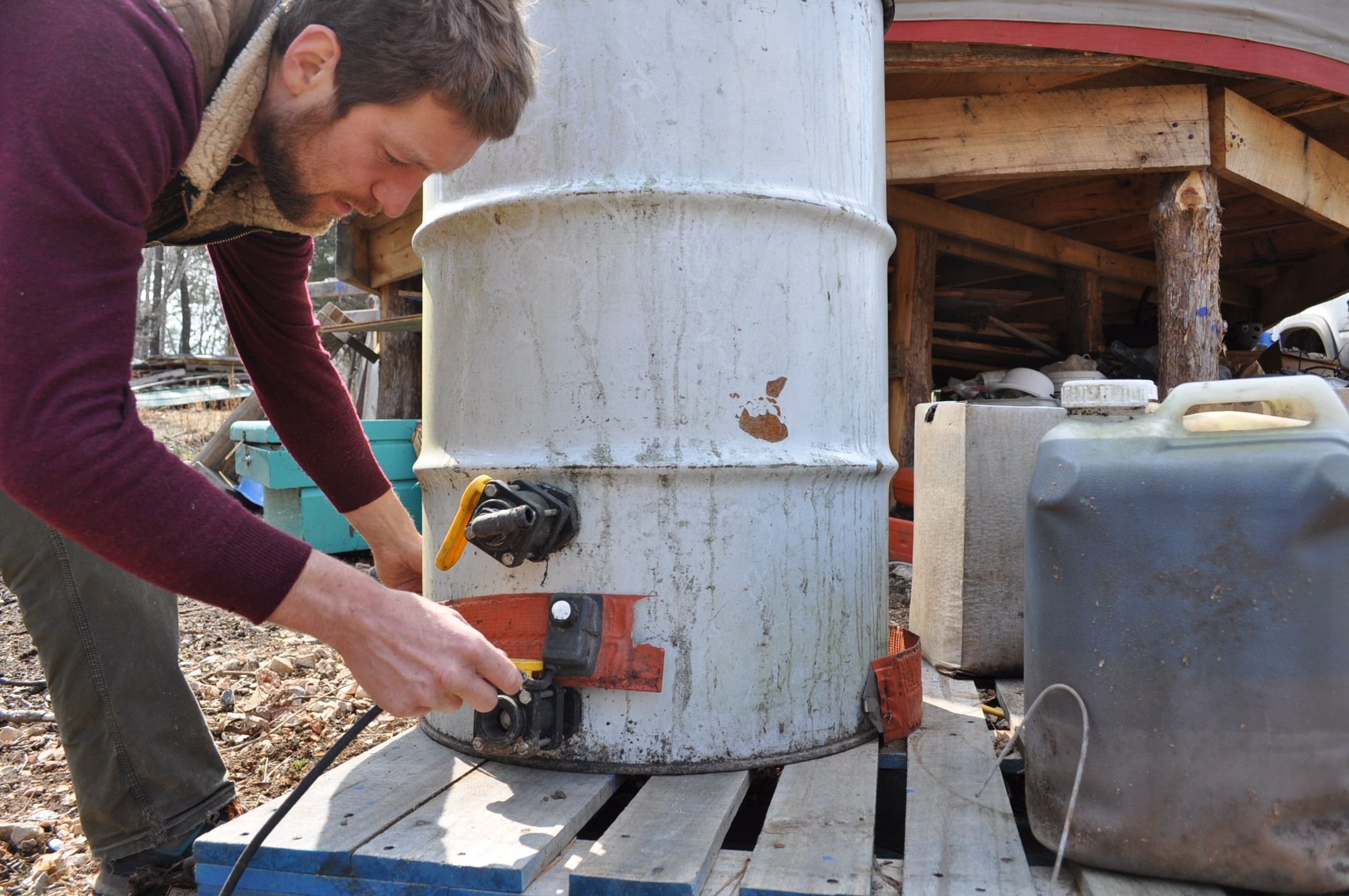
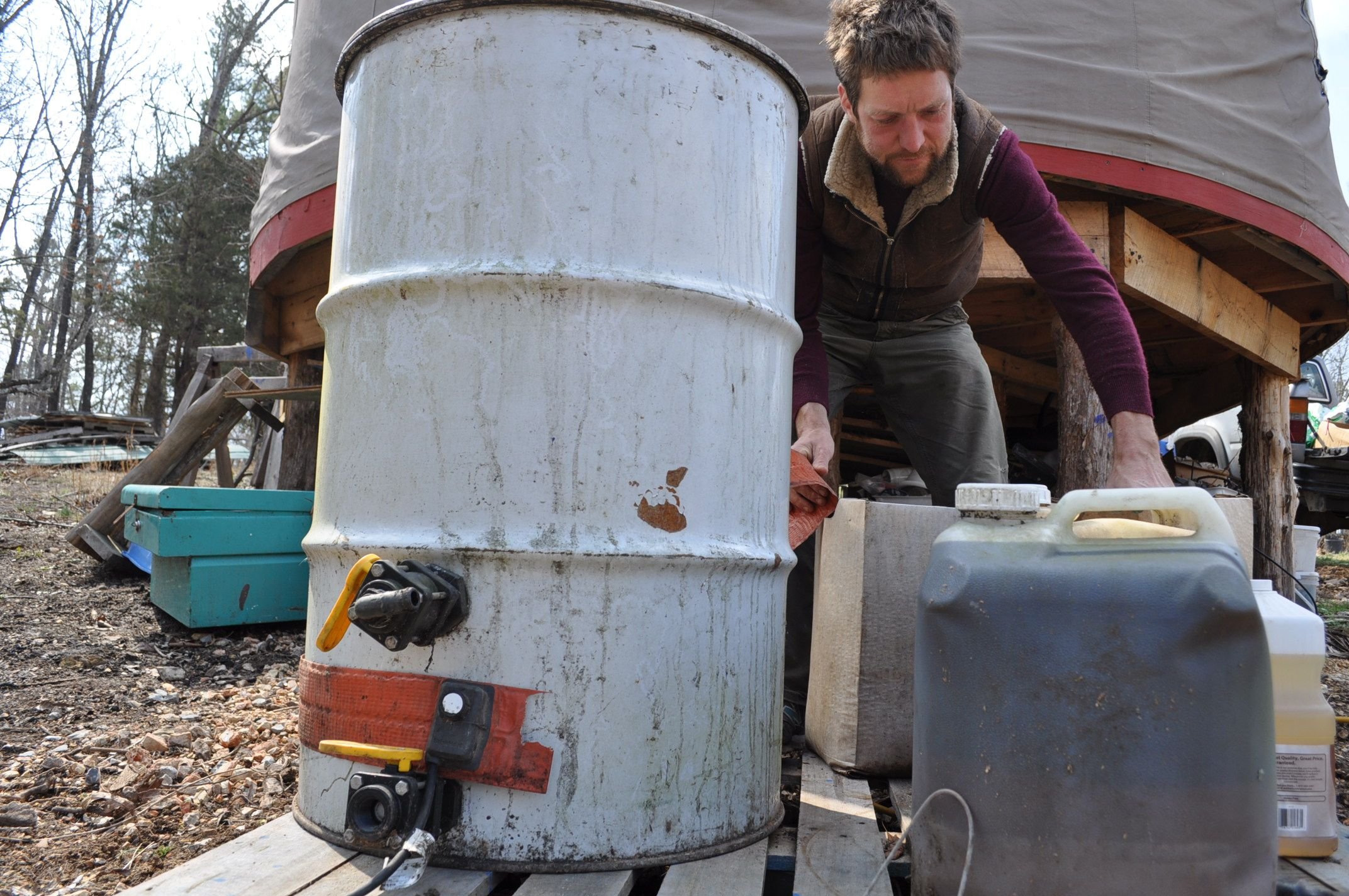
Combining oil for settling
Preheating
On colder days this is really important as cold temps make the oil more viscous. Heated oil is more easily pumped and filtered. Heating can also be a technique to remove any water present in the oil. We strap a metal heating band at the base of the barrel and the heat slowly transfers to the oil. When we need to heat it up quickly, we get out the hot rod!
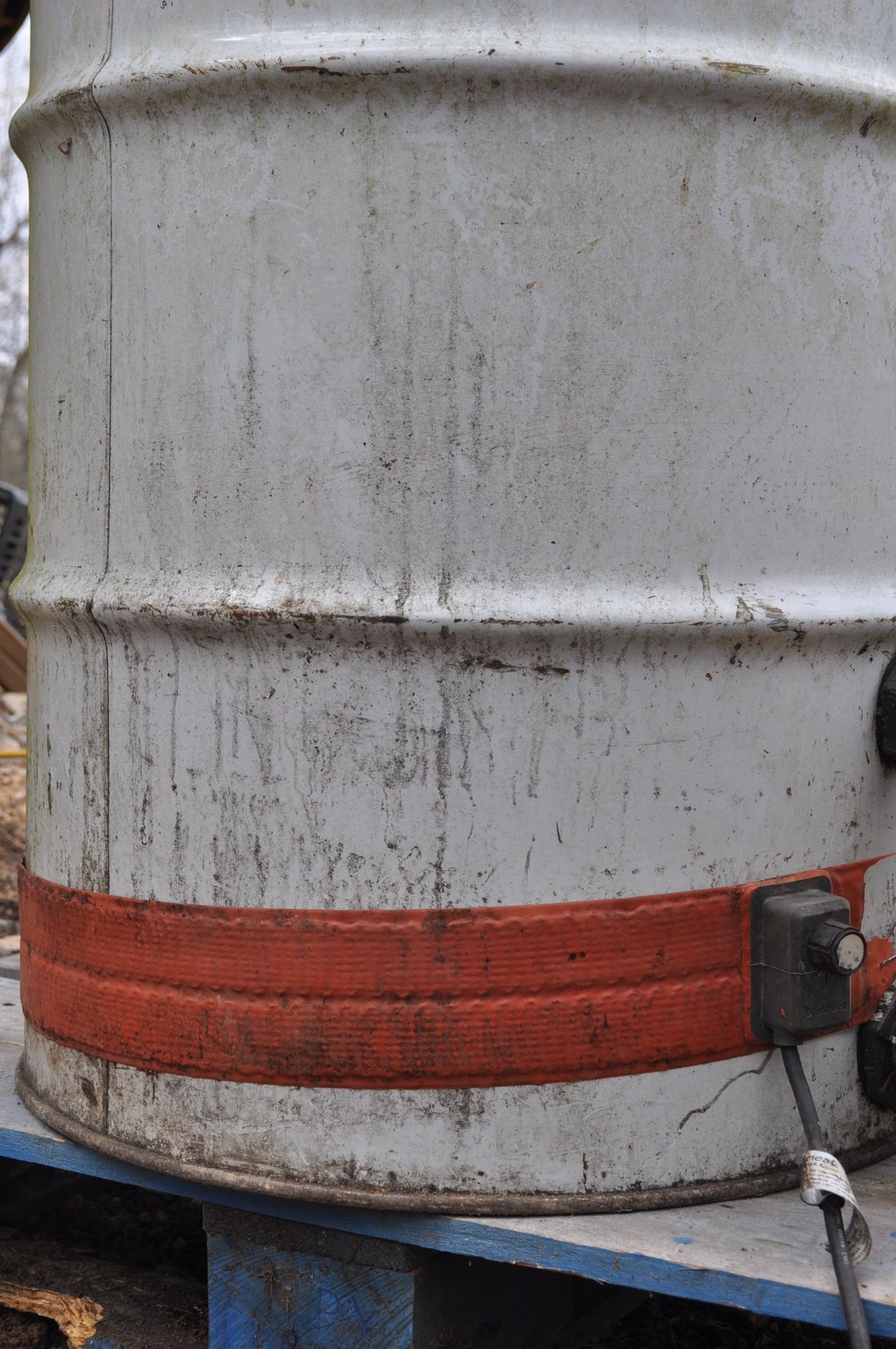
Heating band
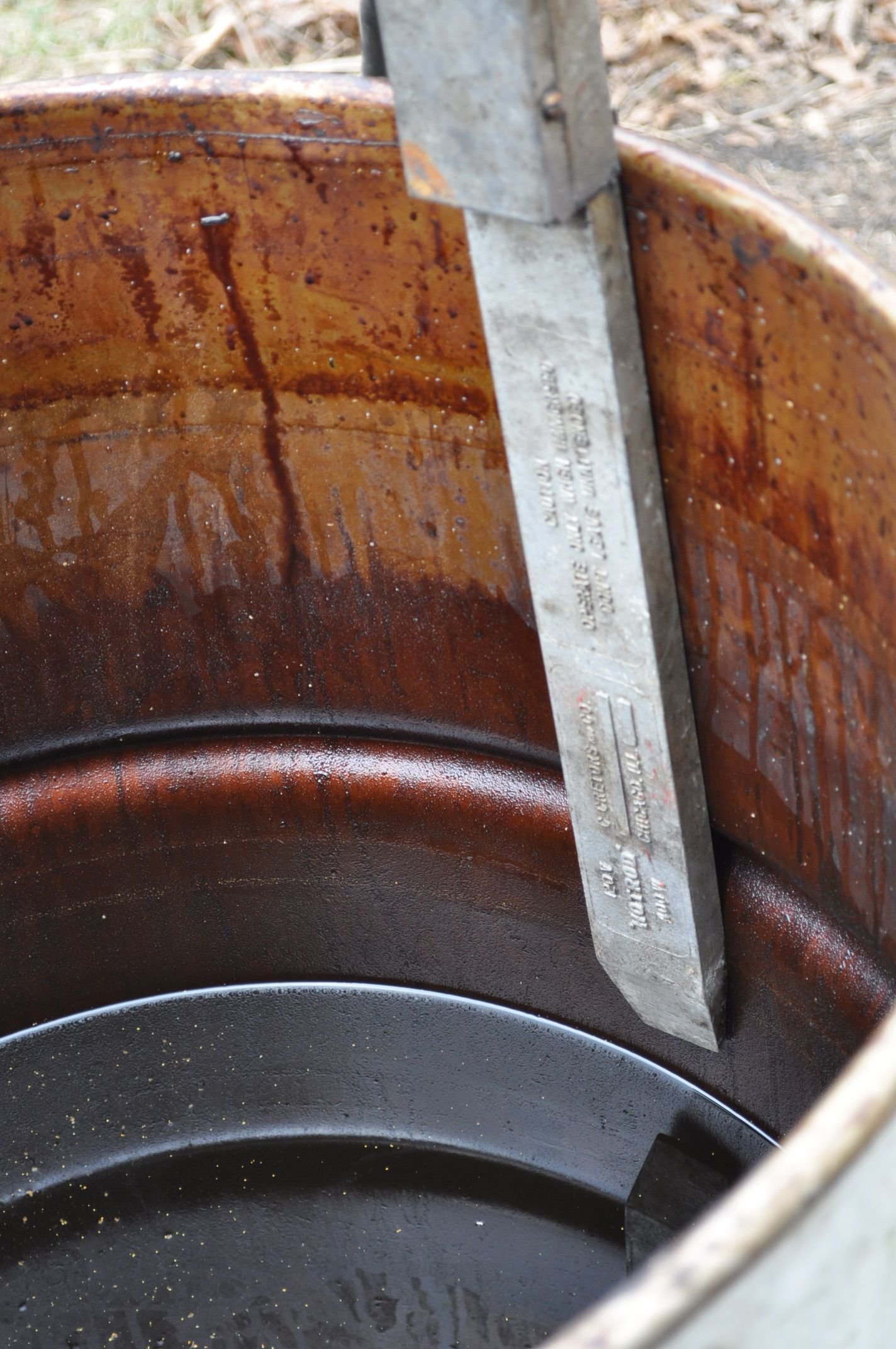
The hot rod ready for a greasy dip
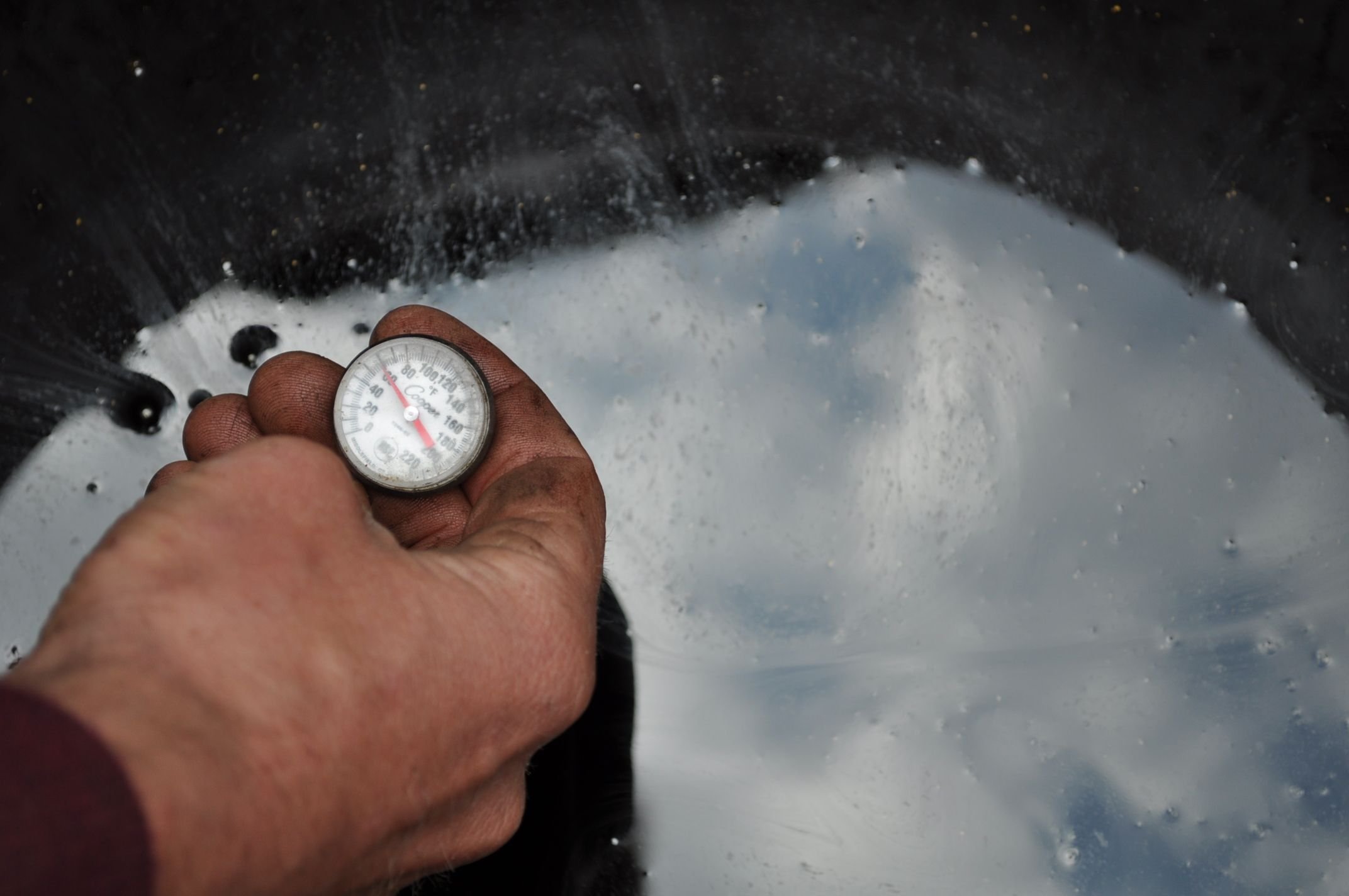
Checking the temp; needs to be over 80 def F to filter. The hotter the better.
Filtering
We use a small distribution pump and industrial filter to filter the oil before filling our containers. This system uses a 5 micron sock filter under pressure to remove particulate from the oil.
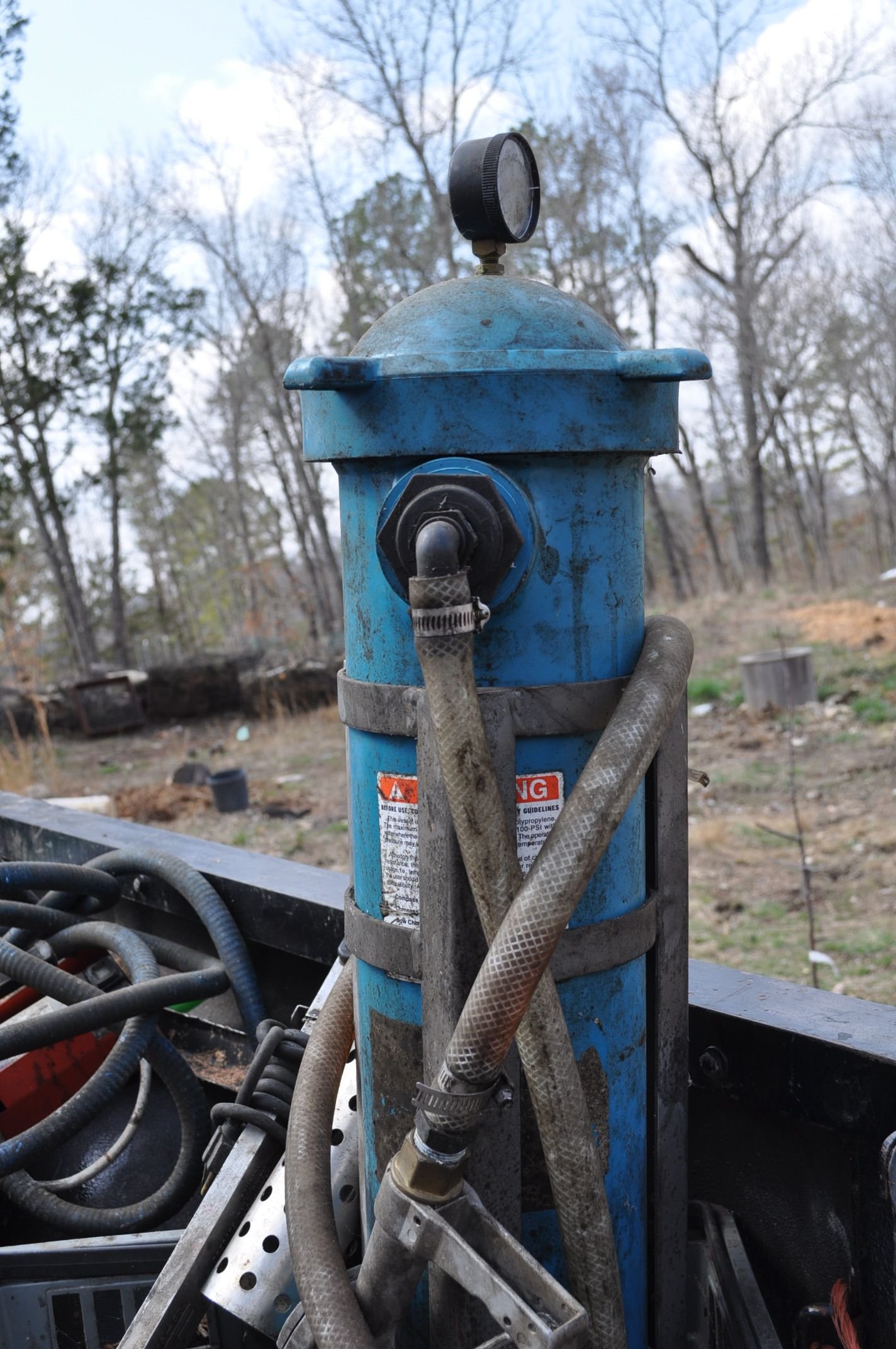
Industrial Filter
On one end is the valve from the barrel and on the other is an outlet. In previous systems, we didn’t have electricity and are happy to report how easy it is to filter with the help of electrical pumps and filters! So grateful for this.
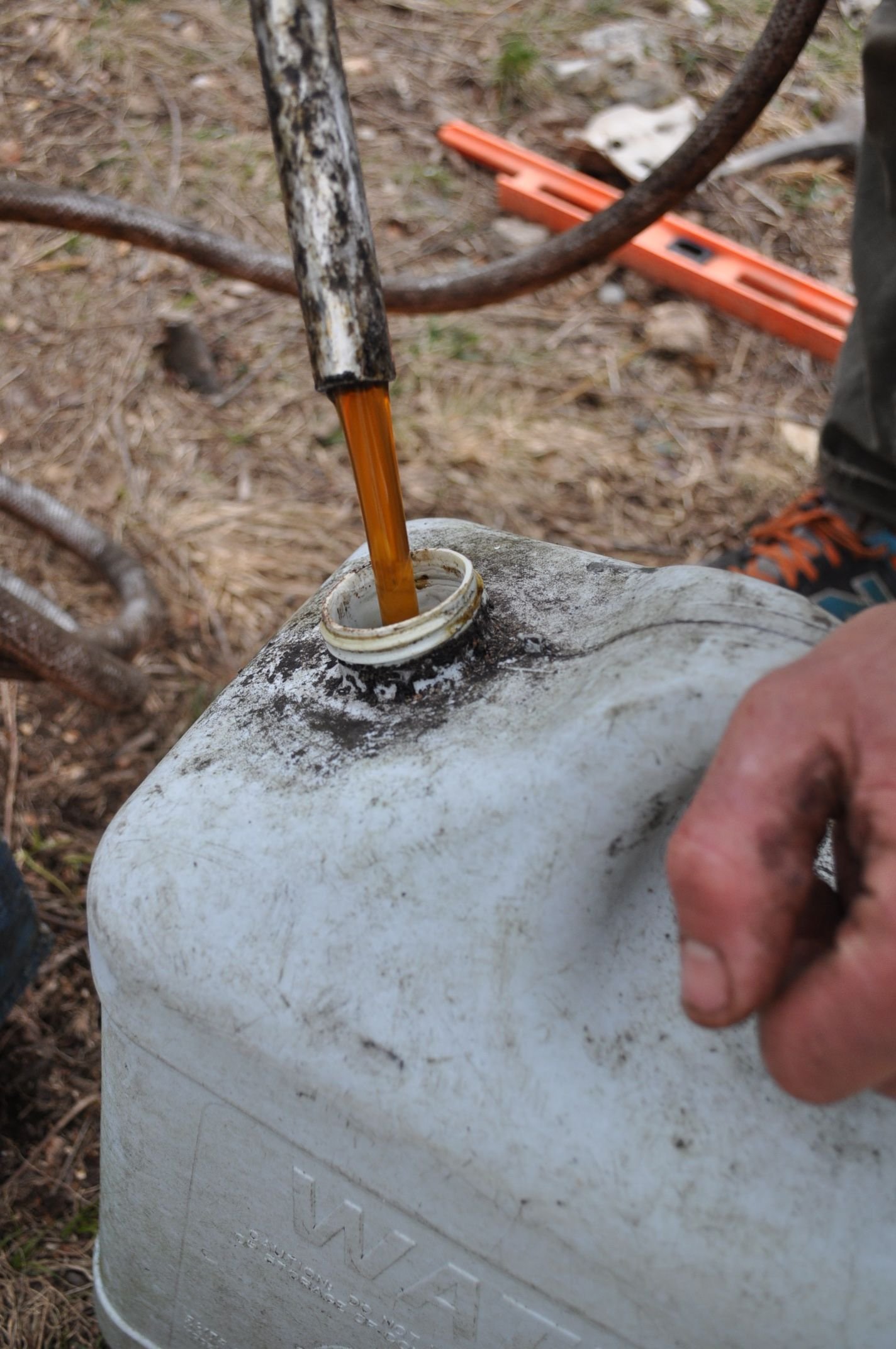
Pouring the filtered oil into our jug - it’s sticky business if you get it on anything!
This best part is we bought all components from a man 3 years ago for a $100 (including 3 heaters, 50 gallons of filtered fuel and numerous containers).
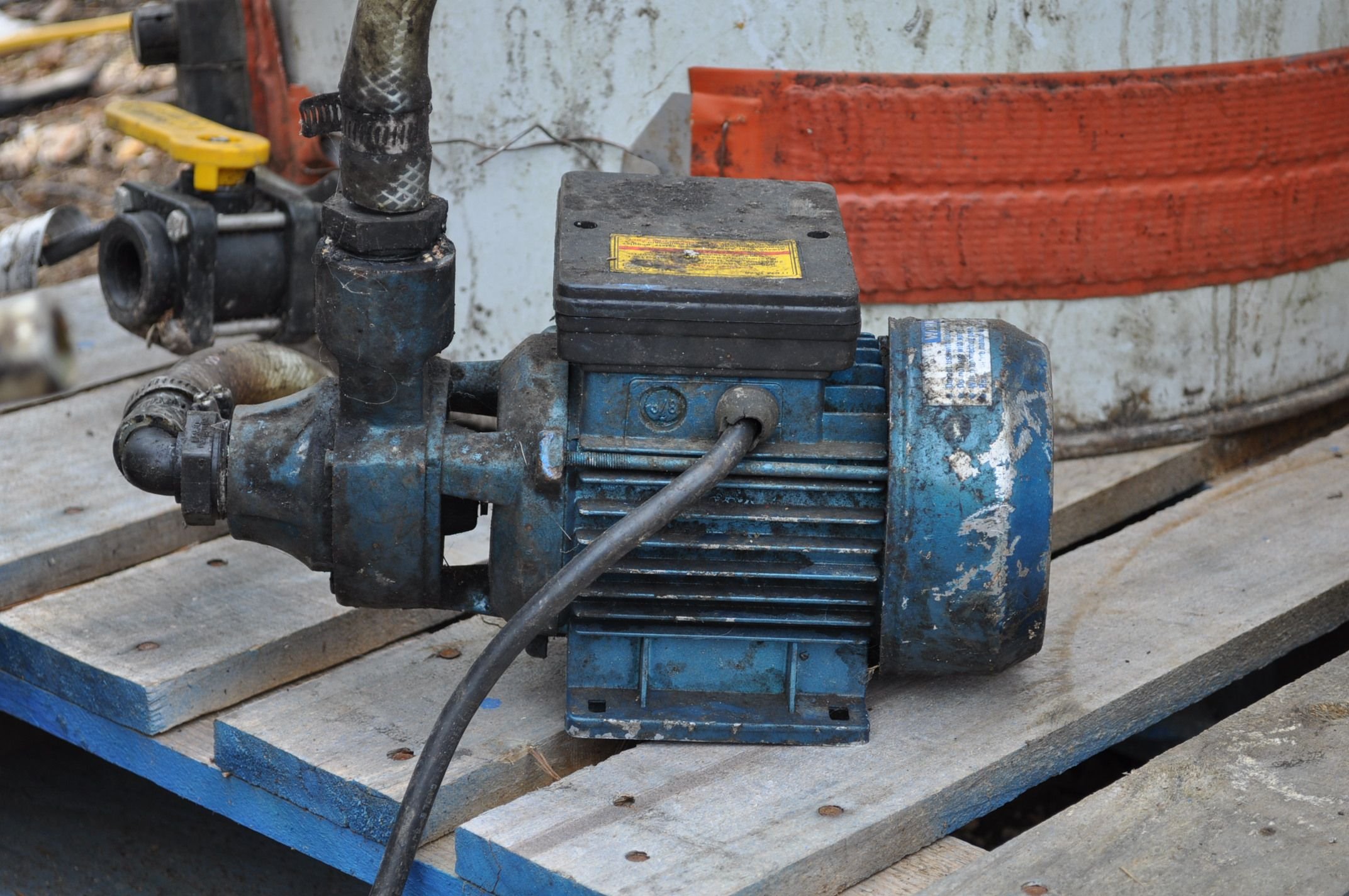
Pump
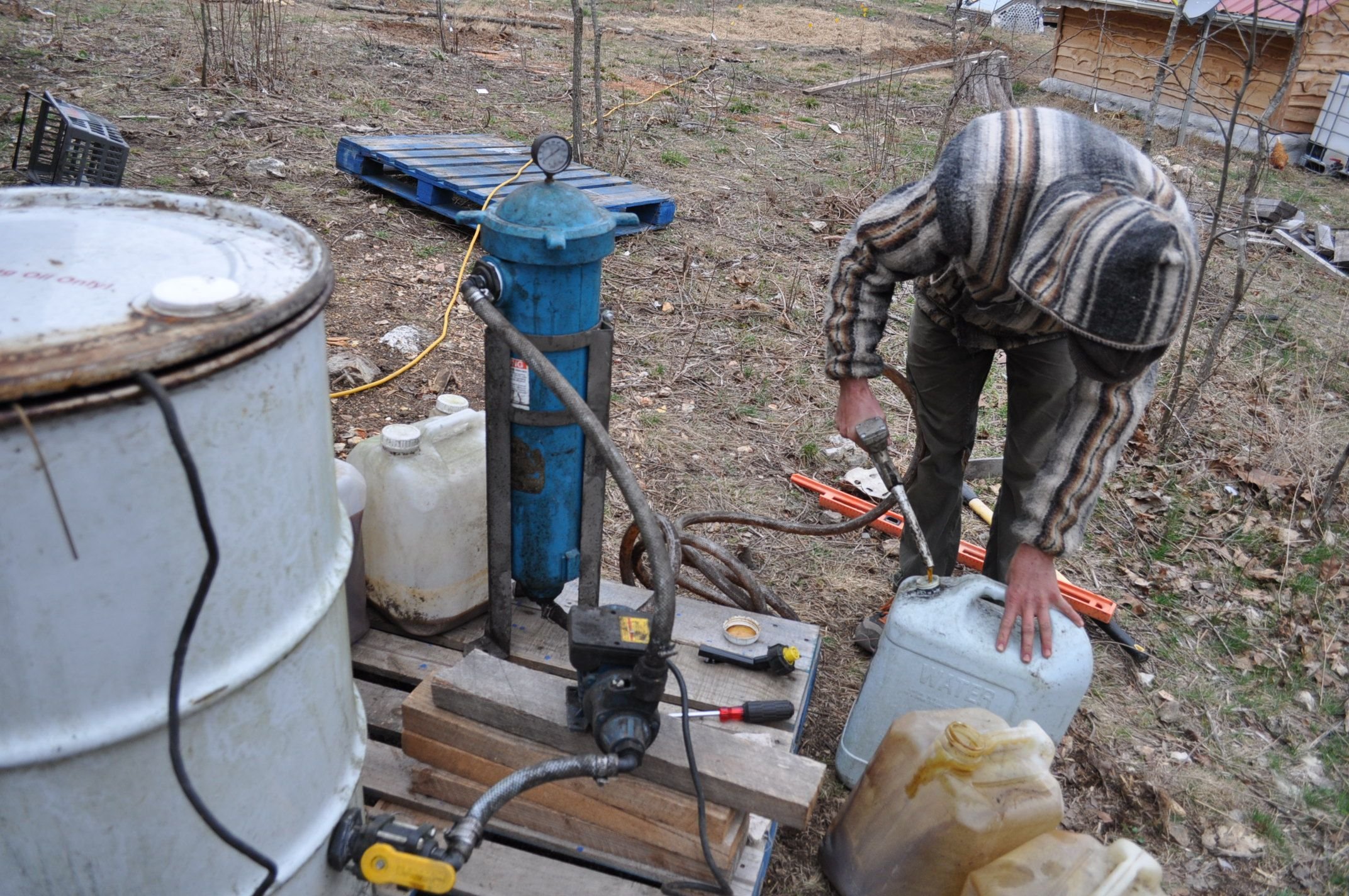
Filtering and Filling
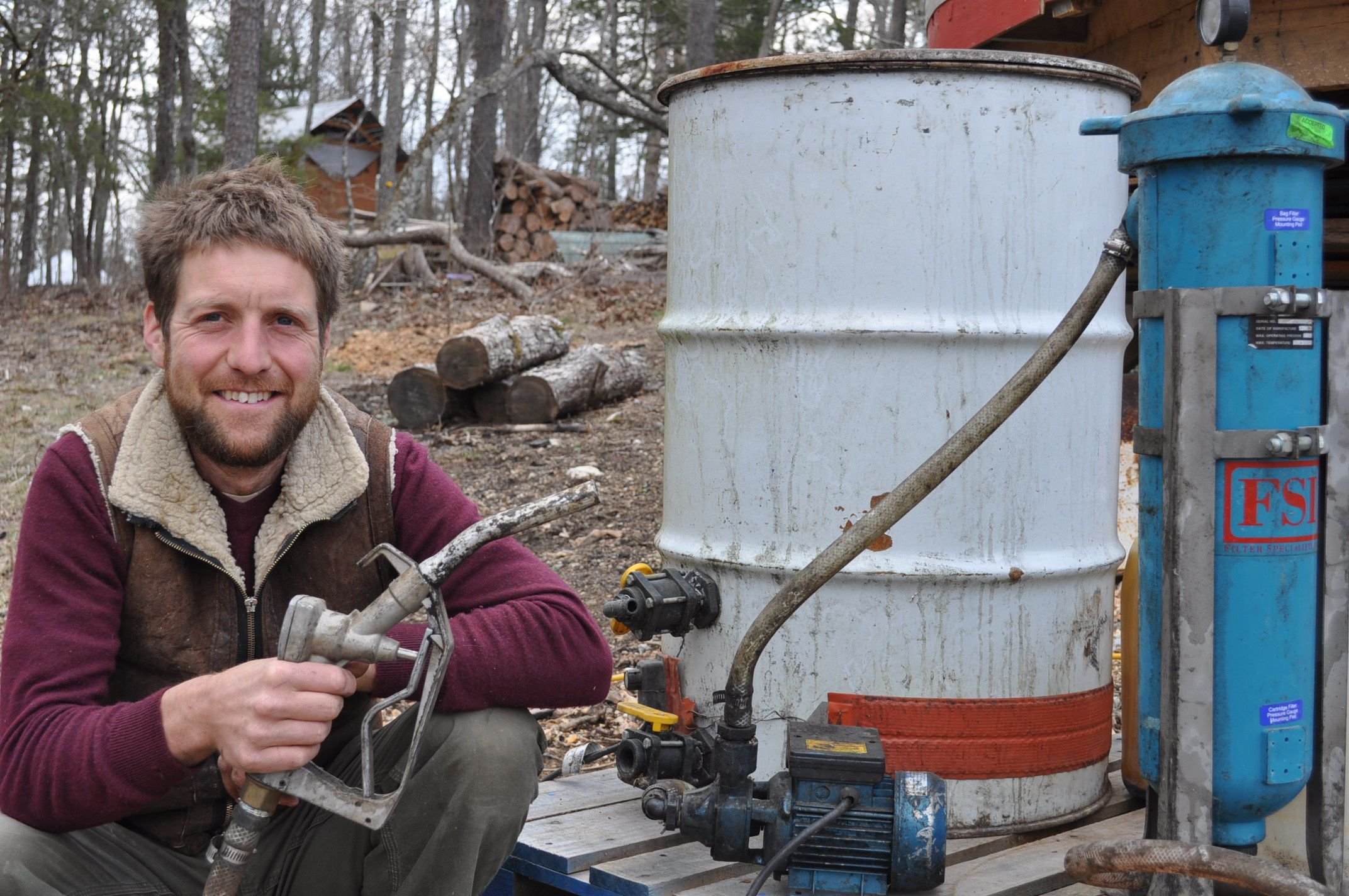
Fueling up!
To use the WVO we simply pour it into the spare tank in the rear (12 gallon capacity). This system comes with a control panel, which makes it so easy to use.
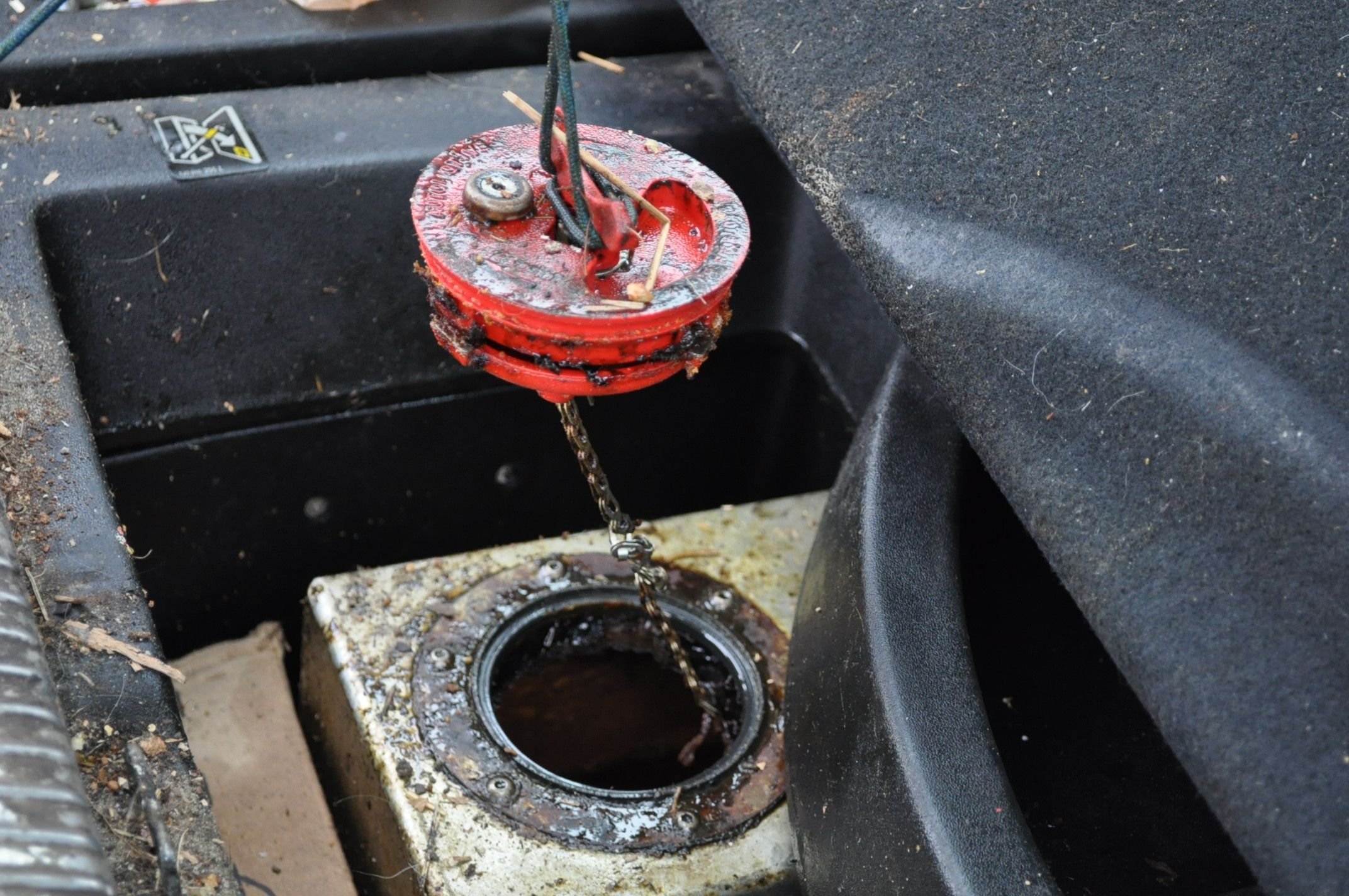
Rear tank in spare tire well
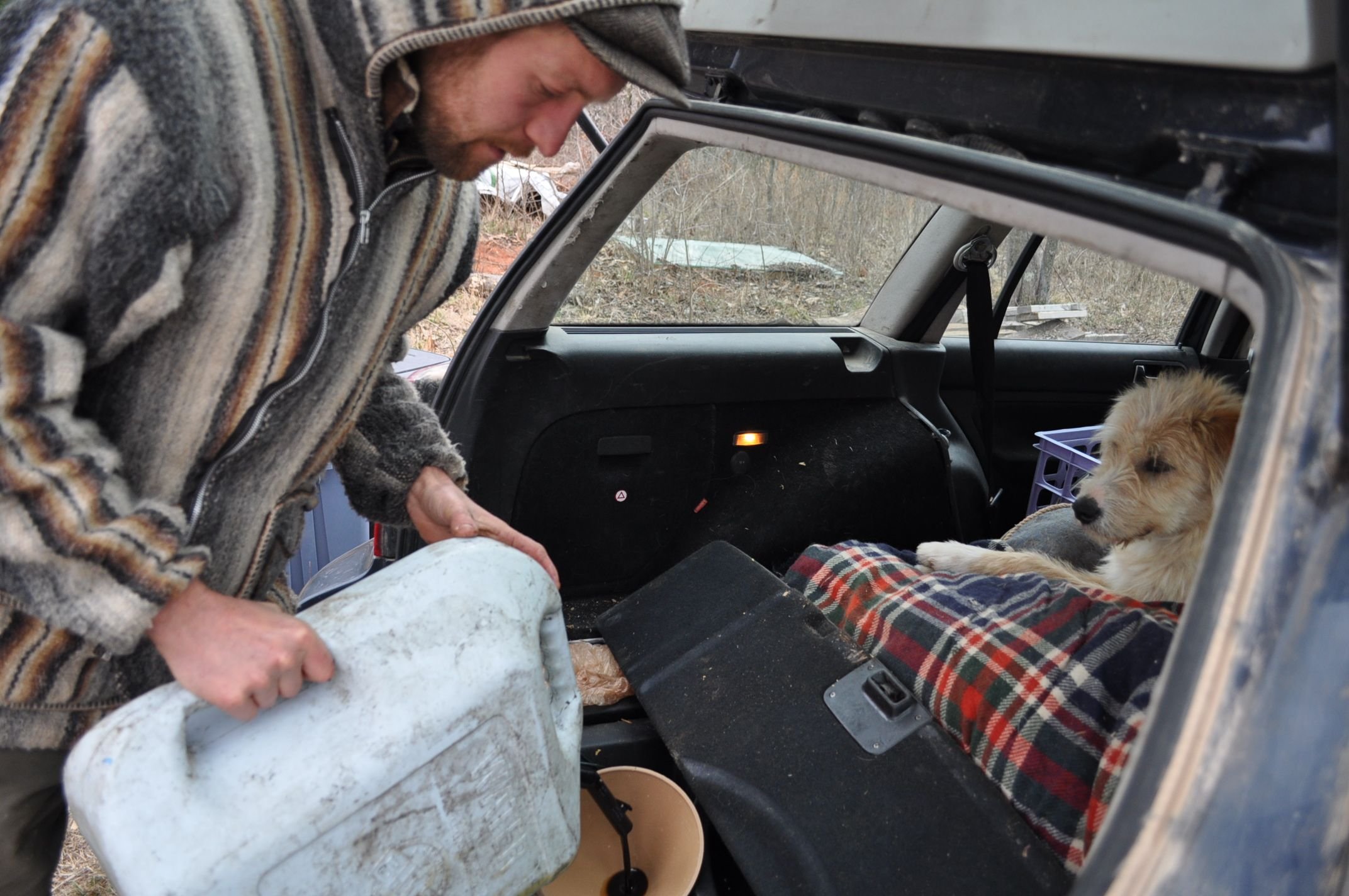
Fill ‘er up
Running on Veg
As we drive the engine heat is tranfered through the tank via a coolant line splice (insulated line). Once the oil is heated to 135F, we switch fuel sources with the press of a button.
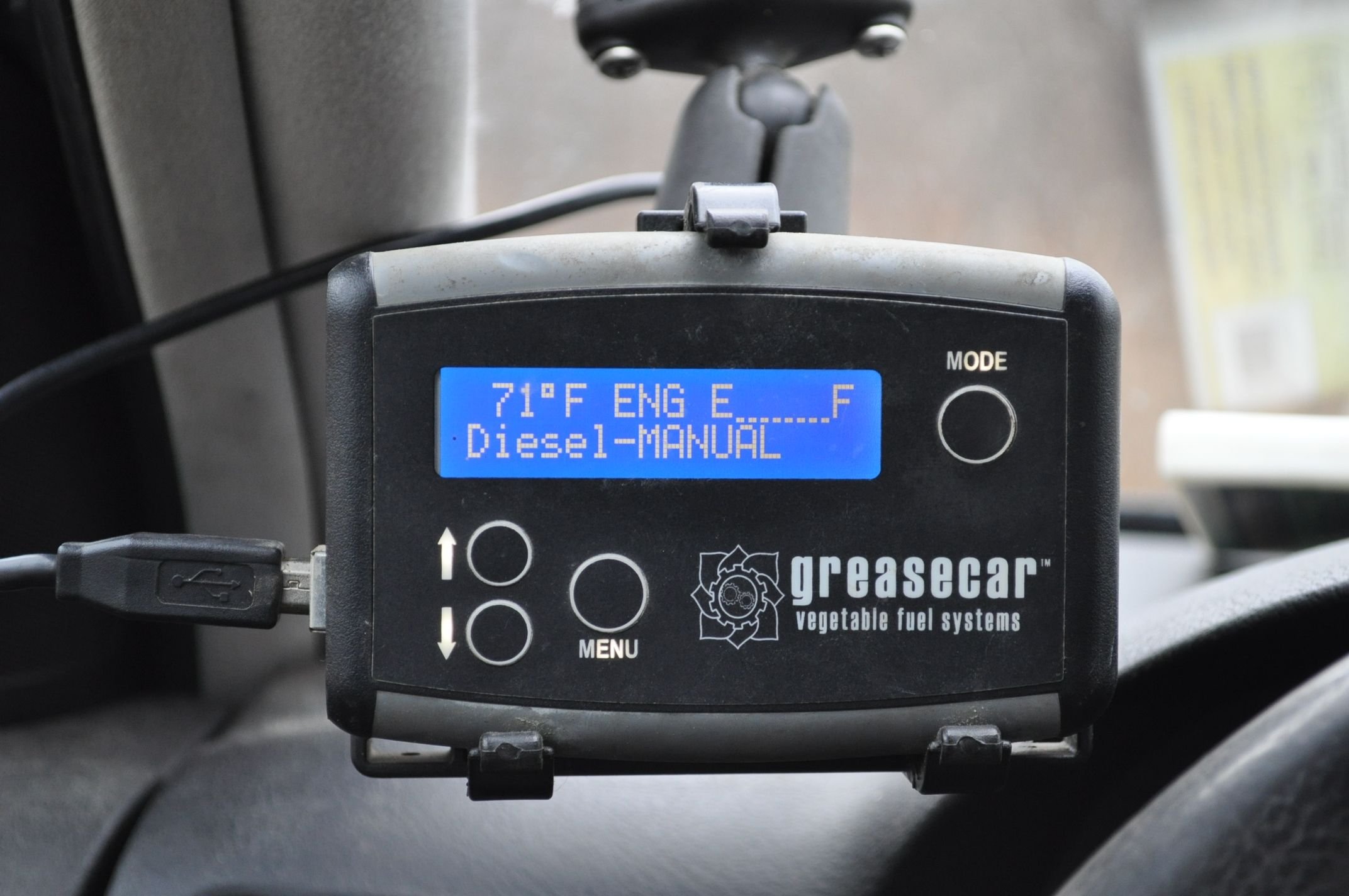
Control panel near the steering wheel
There’s a celenoid that kicks the diesel line off and the veggie oil line on. Voila, using waste as fuel!
Gratitude
It is so satisfying to drive around in this manner. Both of us were very fuel conscious prior to getting this car and each even made the decision (before we met) to go car-less and ride our bikes everywhere for a few years.
Concerns about Peak Oil, Oil Wars, Pollution, Exploitation and destruction of indigenous communities, etc weigh heavily on our consciences and we sought an alternative route! We as humans need to do better. Of course veg oil isn’t applicable for everyone, but it is one solution.
Have you ever met anyone with a WVO car or do you have one? If you’re sensitive to Peak Oil and other issues surrounding oil, how do you make amends in your soul? We’re genuinely curious how others are tackling these huge issues.
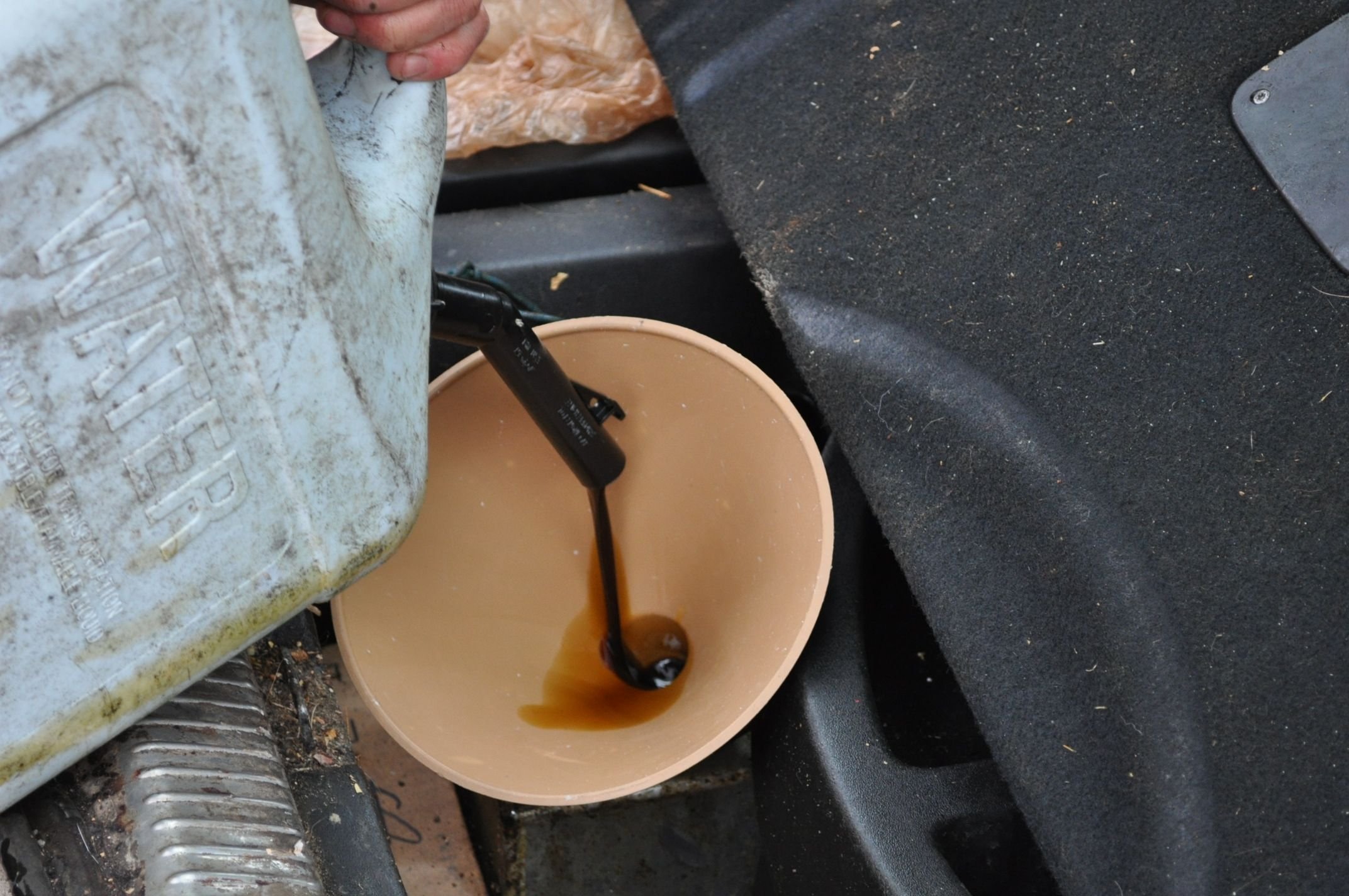
Thank you! This post was written by a passenger of the #ecotrain! Read more posts in this tag for enlivening and inspiring content that nourishes the soul.

